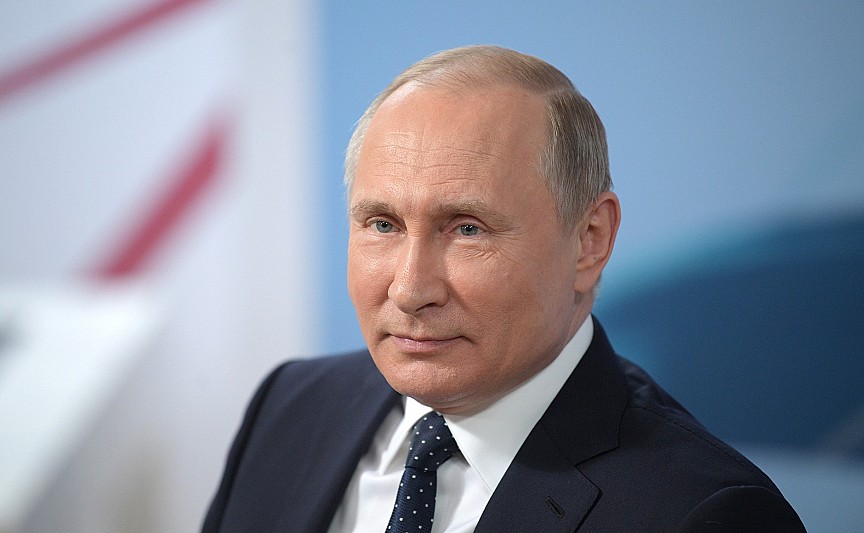Putin Officially Legalized Cryptocurrency Mining in Russia
08.08.2024 17:33 1 min. read Kosta Gushterov
Russian President Vladimir Putin has signed a law that legalizes cryptocurrency mining in Russia.
The new legislation introduces several key concepts, such as digital currency mining, mining pools, mining infrastructure operators, address identifiers, and the individuals who organize mining pool activities. Mining is now recognized as part of economic turnover rather than the issuance of digital currency.
Under the new law, only Russian legal entities and individual entrepreneurs listed in a specific register will be permitted to mine cryptocurrency. However, individuals who stay within government-set energy consumption limits can mine digital currencies without needing to be registered.
The law also allows for the trading of foreign digital financial assets on Russian blockchain platforms. Additionally, the Bank of Russia has the authority to prohibit the placement of certain digital asset issues if they are deemed to pose a risk to the country’s financial stability.
The law will come into effect ten days after its official publication, unless specified otherwise for certain provisions.
-
1
Trump’s Truth Social Files for Dual Bitcoin and Ethereum ETF
16.06.2025 19:50 1 min. read -
2
BNB Chain Overtakes Solana as Top Blockchain for Memecoin Trading
16.06.2025 10:00 2 min. read -
3
Geopolitical Shockwaves Hit Ethereum Hard While Bitcoin Stays Resilient
22.06.2025 16:21 1 min. read -
4
Shiba Inu Hangs by a Thread as Chart Signals 50% Breakdown
21.06.2025 15:00 2 min. read -
5
Mass Liquidations and Wallet Dumps Sink ZKJ
17.06.2025 15:00 1 min. read
10,000 Dormant Bitcoin Moved After 14 Years: Volatility Ahead?
A remarkable on-chain event has caught the crypto market’s attention: 10,000 BTC, untouched for over 14 years, were moved earlier today, according to a new report from CryptoQuant.
Pepe Price Prediction: One-Month Trend Line Resistance Breakout Could Push PEPE to $0.000015
Pepe (PEPE) has been trending lower in the past few days and has underperformed some of its peers as investors seem to have been increasingly drawn to Solana-based tokens. The launch of the first Solana ETF in the United States along with key paperwork submissions for a Pudgy Penguins (PENGU) ETF has pushed PEPE temporarily […]
Speculation Surges as Binance BTC Futures Volume Tops $650 Trillion
Bitcoin’s market structure has undergone a dramatic transformation, with Binance surpassing $650 trillion in BTC futures volume since launching the product in September 2019.
Top 10 Trending Cryptocurrencies Today, According to CoinGecko
As digital assets continue to dominate financial headlines, traders are closely watching which coins are gaining the most momentum.
-
1
Trump’s Truth Social Files for Dual Bitcoin and Ethereum ETF
16.06.2025 19:50 1 min. read -
2
BNB Chain Overtakes Solana as Top Blockchain for Memecoin Trading
16.06.2025 10:00 2 min. read -
3
Geopolitical Shockwaves Hit Ethereum Hard While Bitcoin Stays Resilient
22.06.2025 16:21 1 min. read -
4
Shiba Inu Hangs by a Thread as Chart Signals 50% Breakdown
21.06.2025 15:00 2 min. read -
5
Mass Liquidations and Wallet Dumps Sink ZKJ
17.06.2025 15:00 1 min. read


